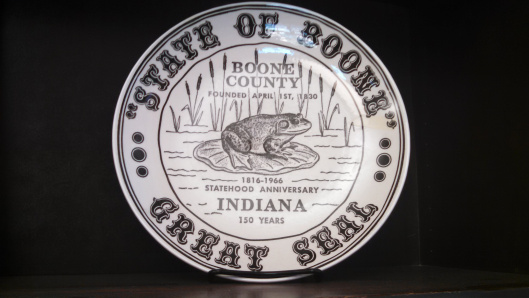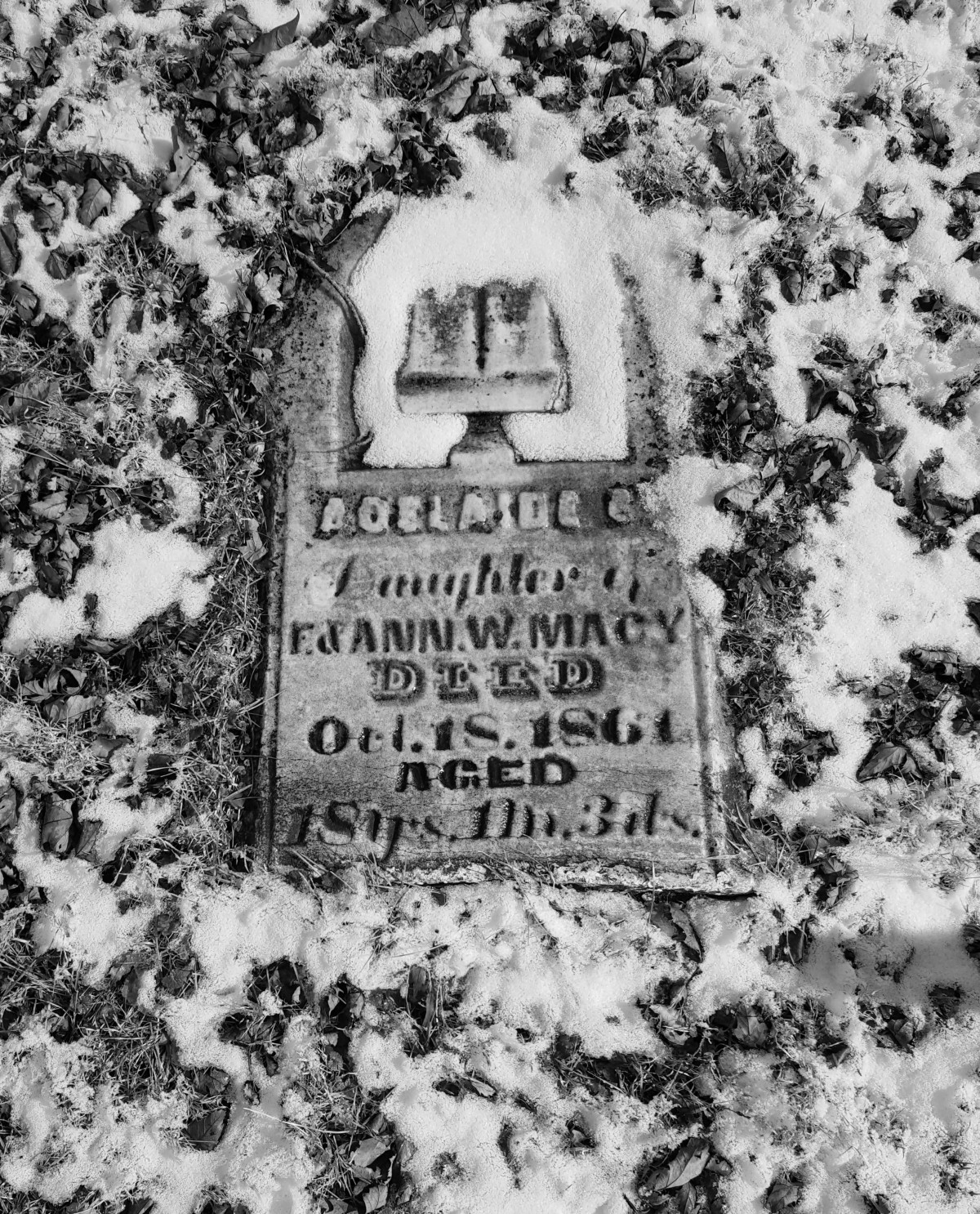Category: #amwriting
Buy My Books
*All books sold on my webpage are signed and include shipping, handling and any applicable sales tax.
*To keep costs low, I don’t use a fancied-up PayPal account–just a very basic version. Be sure to choose the right “price version” as you shop.
*Single books ordered are sold at their marked retail price.
*Order from the Mix-or-Match (more than one book) option, and pay the lower price per title.
Boone County, Images of America $21.99 Mix-or-Match $17.50 (Save $4.49 on this title)
Boone County is an image laden, “History in Hand” book containing 200+ old photos with captions. Published in 2016 by Arcadia Publishing to coincide with Indiana’s Bicentennial Celebration
 Single Copy 21.99
Single Copy 21.99
 Mix-or-Match 2 or more books 17.50
Mix-or-Match 2 or more books 17.50
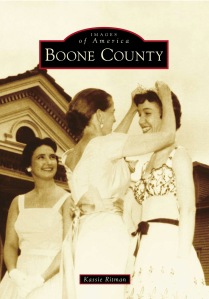
Mix-or-Match any 2 or More $17.50
The State of Boone $18.99 Mix-or-Match $15.50 (Save $3.49 on this one)
The State of Boone is 150 pages of stories, facts, and explorations of people, places and events that molded a frog infested swampland into the lovely place we call home. This is the storyteller’s version of Boone County
 Single Book 18.99
Single Book 18.99
 Any 2 or More books (Mix-or-Match) 15.50
Any 2 or More books (Mix-or-Match) 15.50
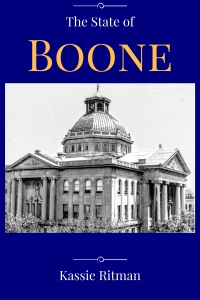
Mix-or-Match price $15.50 when you buy any 2 or More
*If you have any questions, or want custom-signed or unsigned copies, please email me at Kassie at Writing With Mom dot Com
Sorry: I’m not set up to ship outside the 48 states or to deliver eBooks. Please see Amazon or Barnes & Noble for out of country orders– or your favorite eTailer for electronic versions (Kindle, Nook, Kobo, or iTunes).
What’s Food Got to do With Family?

One of my favorite topics to write about when I’m doing a family remembrance, is Food. Almost any significant life event that’s already occurred (or will eventually) within any sect of my family ends up revolving around the table. We feast at weddings, on birthdays and anniversaries (of anyone or anything), even after funerals.
Holidays are a traditional food-centric “thing” for us. Picnics and barbecues are the celebration of eating–for the sake of celebrating eating.
Across my family, each generation, and each cook reigns supreme over one item or another. And, depending on the “current relations and temperaments” at any given time, some of these recipes will be passed down the generational line, others will be lifted only to the “Great Cookbook in the Sky” for retirement.
Some cooks are/were generous with the sharing of secret methods and gastronomical magic–others are down-right stingy. Why? I couldn’t tell you, I’d probably be poisoned at the next big “occasion.” Some of these recipe withholding food fights can smolder for years…slowly escalating to a boil…just like a perfect stew or trick for frying up a perfect batch of peppers and onions…
For years my Dad harped at my Mom about the way her “peppers and onions” tasted different from the peppers and onions that his Mom made.
Maybe this was because my Mother’s Mom never made “peppers and onions.” That faction of the fam didn’t really believe in those two vegetables as foods suitable for cooking.
“Call Mom and ask her before you cook these next time,” was the proclamation I recall hearing after every “peppers and onions” incident. In fairness, I think my mom did call her Mother-in-law, once, about “peppers and onions.” I also think she got the complete stonewall treatment. Because she (Grandma) wasn’t a huge fan of her (my Mom)–follow?
Well, followed or not, take my advice and stay clear of the middle
When my own husband experienced the famed and authentic “peppers and onions” at Grandma’s one day, he gave Grams a hug, a little peck on the cheek, and the next thing you know, he was cooking up those “peppers and onions” the same way my Dad remembered them as a kid.
In our family, it’s all about how you approach the Bear. Some people are just better about laying the honey on nice and thick when it counts
So throw whoever you can into that ring of wild beasts (the women who cook and tightly guard their “special secrets.”). See if they can schmooze a little and find a way to preserve the best ones. I still want Aunt Helen’s potato salad recipe, but at least I’m privy to the family sugar cookies.
They are to-die-for–especially if you let loose a single crumb of the secret recipe!
And check this out–My hubby actually turned over the peppers and onions secret!
Hmmm. Glad he wrote that down..
The Short-Lived Trade of Embalming Surgeons
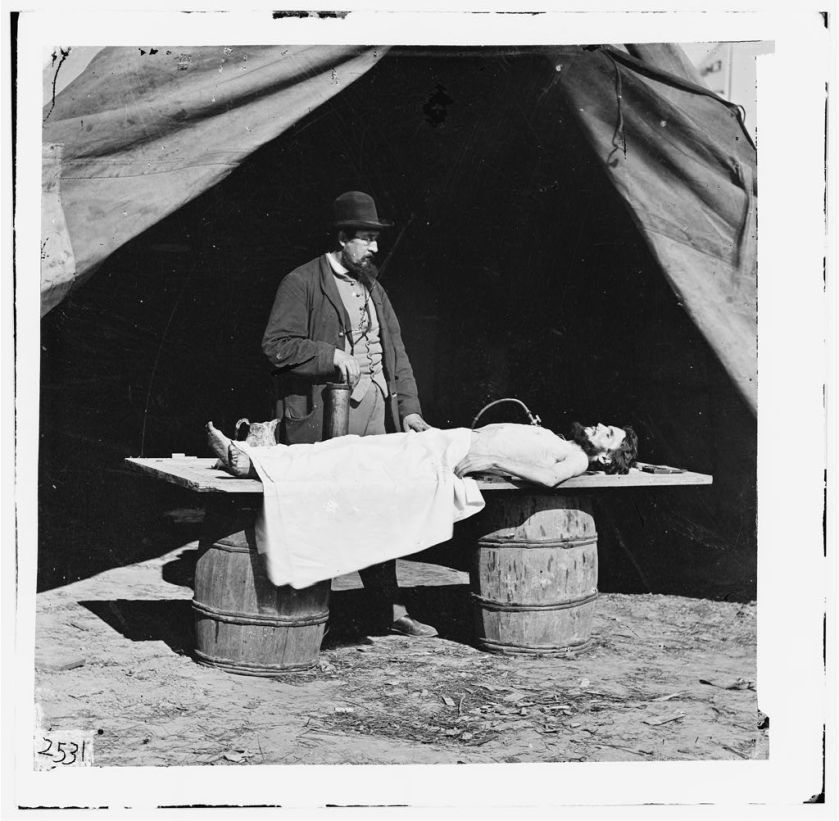
Most of the United States was still a wide open wilderness when the Great War between the states broke out. Young men who knew little about life beyond the borders of their own farm’s fence rail were suddenly far from home and doing what was previously unthinkable.
While some boys came home with doctoring skills, others brought home the lucrative specialty title “Embalming Surgeon.” Those who were willing to abandon their post (and could stomach it) were hired away from the armies of both sides by the booming embalming service businesses.
Field embalming could be completed in about two hours, with a minimal investment in chemicals. These gruesome entrepreneurs followed behind active battles with their tents and supplies. They employed men as “pickers” to glean blood soaked fields in search of freshly dead and mostly intact men.
“Runners” were used to contact the agents whose territory included the deadmen’s hometown. With such a streamlined system in place, the embalmer’s agents often delivered the grievous news before the official Army telegrams were dispatched. No time was wasted in the rush to sell devastated loved ones services for preservation and shipping of their soldier’s remains.
By railroad rules, only embalmed corpses would be accepted for transport. No spoiled (foul smelling) cargo of any kind was allowed. At the beginning of the great conflict between the states, bodies were packed and crated in straw and ice. However, as the war continued, delays and detours became common, and iced corpses could putrefy beside other cargo before reaching home.
When Pickers ran out onto a new battlefield, officers’ remains were favored over enlisted men. Their families were likely to be wealthier. With fees around $50 for an officer, and $25 for an enlisted man ($2500 and $1250 in today’s money) there were fortunes to be made. The service’s price included packing the remains in crudely made wood transport coffins lined with zinc against leakage.
Of course there were some Agents who were just plain cheats. These swindlers set a price upon seeing the dead soldier’s home; sometimes demanding outrageous fees at large homes with the threat of discarding the body; effectively ransoming the corpse to loved ones.
After President Lincoln’s body made its fourteen day farewell tour by train, the public in all parts of the country embraced the previously rare practice of routine embalming. Still, the market for Embalming Surgeons quickly evaporated. Undertakers at home were already set up with profitable furniture and coffin making shops. They had digging crews and fancied-up funeral hacks called “hearses” to tote the departed in.
For hometown undertakers, adding this service was an easy moneymaker. Some Embalming Surgeons found work with established undertakers; most turned to farming or whatever trade they’d left off with before the war.
Can’t find an old photo of an event relevant to your Family History? Check out the Library of Congress Image Collection. You can search by collection, events, or key words. In most cases, usage availability is noted. A few will suggest a search before using the image for publication or display (like on a blog or publication). Their cache of available photos and other forms of imagery is incredible–make it a part of your writing and researching toolbox!
Tips for Visiting a Cemetery for Genealogists
Before you head out to visit a cemetery for some genealogy or family history seeking, be sure to read over Mom’s list.
Here’s a little sample chapter of one of the two books that will be on shelves this month written by “Moi.” Since the summer days are long, the weekends are right for road trips, and maybe you have the kids captive and can load them up with a little family history education–I thought this would be a good preview to share.
Kids love this stuff–right?
From the upcoming “The State of Boone,” companion to “Boone County” enjoy this little “How-To” for Visiting the Relatives…
My family tree has many branches, both living and dead… but all equally important. I cherish the memories that make its roots run deep.” (Lynda I Fisher)

For me, visiting relatives usually means getting down and dirty. I think cemeteries are a tranquil, fascinating place. So many lives, so many stories untold–so much history we might otherwise miss! As a Family Historian, going relative hunting is one of my favorite adventures.
I’ve done this grave hunting thing all over the place. On vacations I’ve traipsed around above-ground crypts built inside below-sea-level cemeteries in the “Big Easy”– New Orleans. In old Louisville, I plopped down on the jutting-up exposed ends of vaults because it was the closest thing to a level spot around. Closer to home, I once spent a long snowy afternoon chatting with a gentle herd of cows while traversing acres of laid-over winter wheat. The cows were searching for leisurely snacks; I was seeking a lonely little plot.
There is little I love more than crisp autumn colors next to bleached-out marble. Except, maybe a majestic lawn of showy statuary at a big beautiful graveyard on a sunny day.
Nope, it doesn’t creep me out.
Yes, I guess that’s a little nutty.
The point is–I’ve done a lot of field-stalking for the graves of my forefathers, and I’ve learned some good tips and tricks. Sure there are lots more “do’s and don’ts” but this is my standard list of rules, go-to methods, and stuff to drag along.
Finding an old grave can be a challenge, but if you hang with it, you’re bound to make a discovery or two worth your while.
So here are my “rules” for visiting, and some handy-to-have stuff to take along. I hope you’ll take time to try some hunting yourself, and then let me know how it panned out for you and your kin!
RULES
- MANY cemeteries are on private property; especially the defunct ones. Some are even in people’s yards–very close to their house. Often, these properties are owned by seniors. No matter who lives there, be respectful.
- For visits on private property with no public right of way, drop a courtesy note in the mailbox of the occupant well in advance of your site visit. State your business, and ask for permission to come by at their convenience to take a look. Respect their wishes. Please describe your vehicle, ask before photographing, and give them all of your contact information.
- Do not stomp up next to someone’s home and start taking pictures of a little plot sectioned-off with some pretty iron fencing. Not cool.
- Take notes of your visits. Record the who, what, when, why, how and what I should do next time. Be sure to carry your notes at all times.
STUFF to TAKE — THINGS to DO
Here are my best tips for a successful trip to any cemetery for ancestor hunting. These can be especially important to heed if you’re setting off for a very old, defunct, or out-of-the-way location.
- Make a list of who you are looking for, and where they are buried ahead of time. You can use the spaces next to cemetery names in this book to jot down some notes, or make your own dedicated notebook. Most places (remember to check for additional names when more than one is noted) can be found with the mapping or GPS feature online at Find A Grave. This is a free site and a great resource when searching.
- Whenever possible, take a companion. This is good advice anytime you start an adventure.
- Also take along a bag with a large towel or heavy blanket, a flashlight, your notebook and pen, any emergency medications you might need (inhaler, nitro tablets, Epi-pen etc), a spray bottle filled with distilled water, a few old toothbrushes, some sturdy gloves, a small roll of aluminum foil, some kitchen shears heavy enough to cut through vines. Oh, and personally I do love a super sturdy trash bag to put between me and nature as I sit and kneel in the mud, bugs, and weedy grass.
- Always make a note of where your car is parked in your records during each trip (what entry point did you use?). No, I don’t think you’ll get lost, but it will be of use to you later when you are mapping sites and recording the position of certain graves.
- Never step out of your car without taking along a fully charged cellphone. In case of emergency–and lots of emergencies can happen–this simple tool can really save you!
- Have your camera on hand and ready. Carry spare batteries or be sure it is fully charged. If you will be using your cell phone’s camera, be sure you have it set for high performance with the automatic flash turned off. If you don’t know how to set up your phone to do its best picture taking, stop by a retailer and have a sales tech do it for you. Digital photos are the best tool for reading old stones.
- When possible, take a large stick with you. Though you may not have to fight back bears, you may stumble upon a snake or other critter. I’d rather shoo away a curious groundhog with a long stick than my camera bag any day! Also, uneven ground is a given–especially in the graveyards with the oldest interments. Count on them to be riddled with animal burrows, large roots, broken off stones and sunken spots. All of these can easily cause a fall or a broken bone. Use your stick as a “leading leg” to test the ground before you. Although it may seem awkward at first, one you get the hang of it, you’ll wonder how you ever hiked around without one.
- Be sure to keep your eyes and ears keen to your surroundings. Be on the look-out for feisty Hobos or thieves. Be sure to lock your car. Also, hornets, or ground bees, seem to adore living in old cemeteries. If you hear their hum, just steer clear of them and you will all have a better day.
- Wear a hat if you’d like, but be sure to remove it, or turn it backward before taking photos. The shade of the brim or bill can affect the automatic light level detection on today’s cameras and cause a lesser quality image.
- Long pants, boots or sturdy shoes, bug spray and long-sleeved shirts are a great defense against ticks and biting insects and poison ivy rashes.
- Once you’ve found who you’re looking for (especially in large graveyards) make yourself a little map. Remember how you noted where you left the car? Now is the time to use that. Photograph the grave marker so the name and shape are clear. Then, stand at the grave with your back to your parked vehicle (make a habit of beginning from this position). At eye level, take a photo. Make a quarter turn, and do the same. Keep going until you have an image of what you see in all four directions when you are standing graveside. Digital photography rocks! This 4-way-shot of the site will help lead you easily back to your ancestor next time.
- Visually inspect the stone/marker for signs of dangerous deterioration. Inspect each one closely before touching it. Watch for chipping, cracks, breaks, previous repairs, crumbling, or any open grainy or sandy looking spots. Be warned that even the thinnest upright markers can be very heavy and cause some serious damage if they “snap” while you’re nicely wiping moss away. Safety first!
- If you encounter old, very faded stones that are not quite legible, then a companion’s extra set of hands will come in really handy. Using the blanket or large towel to shade the tombstone, prop your flashlight onto the bottom edge of the grave-marker. Without a flash, take a close photo while under the shade of the cloth. Then try shining the flashlight downward on the faint markings (while still keeping it and the camera shaded from sunlight). The results may not be immediately apparent, but at home with some simple editing features found on most cameras and phones, you might be amazed.
- Do check (and photograph) the sides, back and top edge of each stone as well as the front. Often you will find a little surprise like a fraternal emblem or an ornamental symbol carved in the stone. Compare any findings like these to the exhaustive list available on the AGS website (address below). These may lead you to a previously unsuspected clue about your relative’s “earthly” interests.
- If the surface is obscured by weeds or dirt, cut away the vegetation with your kitchen shears. Mud and dirt deposits, along with any grass overgrowth on flat stones should be peeled off by hand (use the gloves if you’d like). Lichens and moss often plague markers in shady areas. Use a dry toothbrush to scrub them away. If you need a little something more, spray the area with water and allow it to soften the crud before wiping it away with a towel or toothbrush.
- Spritzing the face of a stone with water is another trick for reading barely-there etching. Be sure to try photographing the tough to read ones both wet and dry.
- Occasionally, you can get a good result by laying aluminum foil (shiny side down works best) over the epitaph and lightly rubbing it to conform with your hands. Once you’ve done your best, photo the stone again while the foil is still in place, and then carefully set the sheet aside to reexamine at home.
- Think you have a great idea for how to clean/read/repair a gravestone? Check in with the AGS website first (the Association for Gravestone Studies). These folks know their stuff and are up-to-date on what does and does not cause harm to these precious relics. Find their fascinating, info-rich website at https://gravestonestudies.org/
- And, Indiana-Boone-Jones, if you think you’ve found a previously undocumented grave site, be sure to contact the county health department to inform them of your discovery.
You’ll probably make the papers!
It’s Interview Time for Mom!
Being interviewed by your old hometown newspaper sure feels like a big deal. Both “Boone County, Images of America” and “The State of Boone” release next month. I sat down last week with Elizabeth Pearl of The Lebanon Reporter at the “Tornado Starbucks” for a chat. Here’s the article she wrote from our 30 minute convo–clearly I yack as verbosely as I write
When Kassie Ritman was a senior in high school, she and a group of friends decided to sneak out one night and paint graffiti on the Lebanon water tower.
The girls asked a group of guys to come climb the ladder and paint “79” — their graduating year — over the “Friendly City” logo emblazoned across the water tank.
But the guys never showed up, so around one in the morning Ritman and her friends gave up and went home.
Years later, while researching a forthcoming book about Boone County, Ritman learned a disturbing truth about the land the water tower stood over. Beneath the grass and soil lay the unmarked graves of Lebanon’s earliest citizens.
“We had no idea,” Ritman said, “but we were standing over a thousand of bodies.”
Ritman was born at Witham Hospital in 1960, and grew up in what she calls “the last house in Boone County” before the Hendricks County line. She attended Lebanon schools and was a 4-H member. Until she started working on the book, titled “Boone County,” she thought she knew all the legends about the area.
She quickly found out that she was wrong.
“I would challenge anyone to see if some of the things in there don’t surprise them,” Ritman said. “Because a lot of it threw me for a loop.”
Ritman has lived in Indianapolis for most of her adult life, but she still comes to Boone County for the annual fair, and to get her hair cut by a high school classmate. She feels a strong bond with the place where she was raised and where she still has many friends, she said.
So when the opportunity came to write a book about the area, she leapt at the chance. Ritman, who worked as an interior decorator and owned a coffee shop in Broad Ripple, has always loved to write and explore family history and genealogy. Last year she approached Arcadia Publishing about a historic house in Indianapolis.
The publisher said no, but told Ritman about a few other projects they needed someone to work on. Ritman quickly agreed when they mentioned her home county.
“I told them I grew up in Boone, and I’d love to do it,” she said.
The book, which will be released Aug. 15, is part of the ubiquitous “Images in America” series, which publishes works on small towns and special topics across the country. Until now, the series includes 117 books on Indiana, none of which covered Boone County or any of the towns within it.
Ritman began working on the book, which will be largely pictorial, in September. Over the course of her research she visited the Heritage centers and libraries in Lebanon, Thorntown and Jamestown and spoke with longtime area families who knew the legends and had photos of the county.
“This has been several months in the works,” said Phyllis Myers, genealogy and local history librarian at the Thorntown Public Library. “We went through all the photos we have and the written documents in the library. A lot of that stuff has not been included in a book before or anything like this.”
The book includes more than 200 photos and covers the years 1840 to the 1980s, Ritman said. In it, people can find information on many facets of life in Boone, including details about famous and interesting graves and the history of medical care in the county. One early hospital shown in the book refused to treat “the insane or contagious.”

The story behind the lost cemetery beneath the water tower is also included in the book. The cemetery, called Cedar Hill, was opened in the 1830s. By the end of the Civil War, it was overflowing and unkempt, and eventually abandoned after the opening of Oak Hill Cemetery in 1872.
In 1954, the James Hill chapter of the Daughters of the American Revolution took over the cemetery and removed the grave markers, most of which were broken, lost or illegible. The gravestones were available for the public to take, and those unclaimed were taken to the dump. By most accounts, 1,000 of Boone County’s earliest residents were buried in the old cemetery, Ritman said.
Ritman’s book — which she is publishing with a companion piece, “State of Boone,” that focuses on stories rather than photos — comes at a good time for the county, said Eric Spall, local history specialist at the Lebanon Public Library’s Heritage Center. The last book about the county was published in 1984.
“We told her it was definitely time for a history book,” Spall, who helped Ritman with the library’s vast archives, said. “There should be a lot of interest in the county on history of this type, with that local flavor. You won’t find the more detailed stuff on people’s lives in histories of the whole state.”
One of the things Ritman enjoyed about researching Boone was the amount of unique information and people to come out of it. She herself grew up surrounded by that history, and most of the time didn’t know she was surrounded by it. As a child, she remembers finding Native American arrowheads in fields and showing them to her friends.
“We traded arrowheads like town kids traded marbles,” she said. “We had no idea these were from 5,000 years before Christ.”
For Ritman, part of the fun of writing a book like this is that she gets to learn about the place where she was born, and in the process hopefully teach current residents about their home. The book is on-order at the Thorntown and Lebanon libraries, and Ritman said it will likely be available other places around the county as well. She plans to do signings and events around the county a few weeks after the book is released.
“This is such a unique place. People from Lebanon are different from people from Zionsville, who are different than people from Jamestown,” she said. “To play on what Vonnegut said, everywhere you go there is a Hoosier doing something. It’s the same for Boone County. Everywhere you go there is a someone from Boone County doing something, usually something really cool.”
How to buy it
The book “Boone County” is available at amazon.com and http://www.barnesandnoble.com/.
